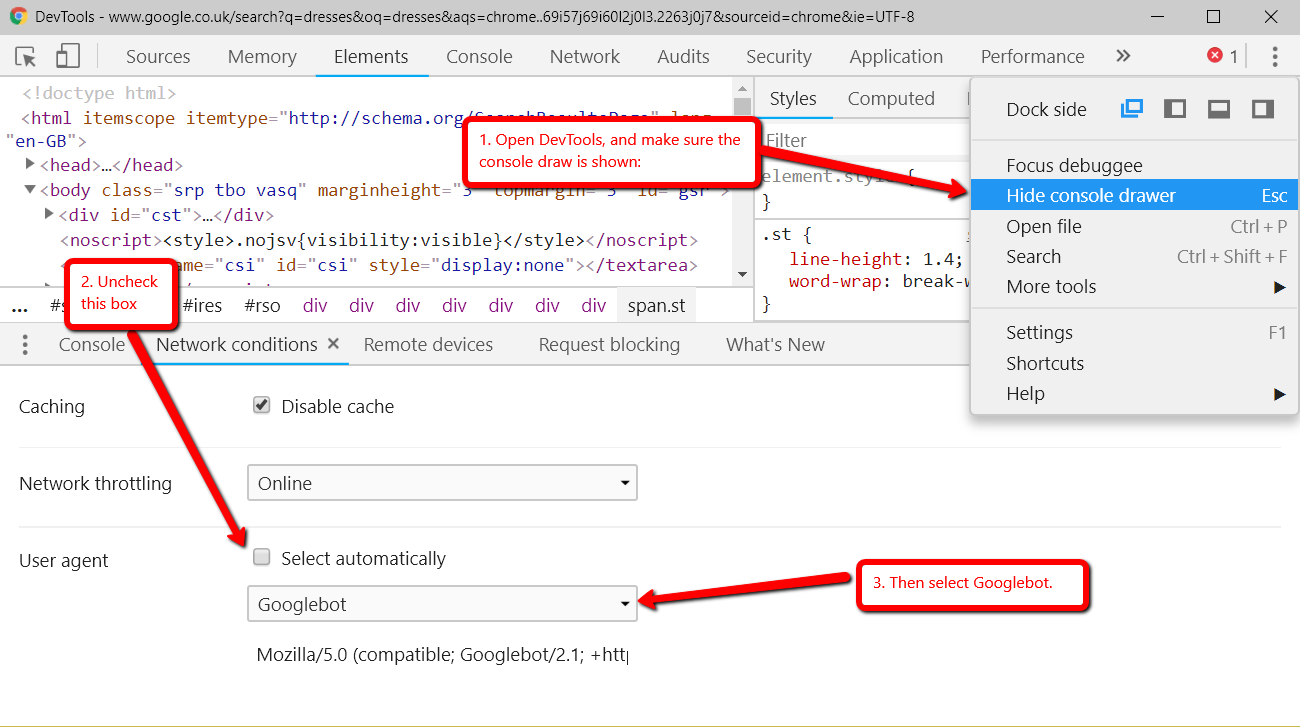Aggregation - A function that accepts an array of all values of this column in this row group and returns a single value to display in the result row. The return value must be of the type specified by the object's type property. Details on creating your own aggregation function are given below.
You must know what data types this method accepts and only call it on columns of the appropriate type. The API provides several useful aggregation functions. See Provided Aggregation Functions below for a list, or Creating an aggregation function to learn how to write your own aggregation function. The ResultSet interface provides getter methods for retrieving column values from the current row. Values can be retrieved using either the index number of the column or the name of the column.
In general, using the column index will be more efficient. For maximum portability, result set columns within each row should be read in left-to-right order, and each column should be read only once. For the getter methods, a JDBC driver attempts to convert the underlying data to the Java type specified in the getter method and returns a suitable Java value. The JDBC specification has a table showing the allowable mappings from SQL types to Java types that can be used by the ResultSet getter methods. Updates the designated column with a java.sql.SQLXML value.
The updater methods are used to update column values in the current row or the insert row. The updater methods do not update the underlying database; instead the updateRow or insertRow methods are called to update the database. Updates the designated column with a java.sql.NClob value. Updates the designated column with a java.sql.Array value. Updates the designated column with a java.sql.Clob value. Updates the designated column with a java.sql.Blob value.
Updates the designated column with a java.sql.Ref value. Updates the designated column with a java.sql.BigDecimalvalue. Updates the designated column with a java.sql.Timestampvalue.
Updates the designated column with a java.sql.Time value. Updates the designated column with a java.sql.Date value. It is intended for use when updating NCHAR,NVARCHARand LONGNVARCHAR columns. Updates the designated column with a byte array value.
The updater methods do not update the underlying database; instead the updateRowor insertRow methods are called to update the database. Updates the designated column with a character stream value, which will have the specified number of bytes. Updates the designated column with a binary stream value, which will have the specified number of bytes. Updates the designated column with an ascii stream value, which will have the specified number of bytes. Updates the designated column with a java.math.BigDecimalvalue. Adds created_at and updated_at columns on the database, setting each to datetime types.
When true is passed as the first argument a timestamp type is used instead. Both columns default to being not null and using the current timestamp when true is passed as the second argument. Note that on MySQL the .timestamps() only have seconds precision, to get better precision use the .datetime or .timestamp methods directly with precision.
If useCamelCase is true, the name of columns are createdAt and updatedAt. These functions are supported only for table calculations . When iterating over a large number of rows that contain columns from multiple tables, peewee will reconstruct the model graph for each row returned.
For example, if we were selecting a list of tweets along with the username and avatar of the tweet's author, Peewee would have to create two objects for each row . In addition to the above row-types, there is a fourth method objects()which will return the rows as model instances, but will not attempt to resolve the model graph. Column names used as input to getter methods are case insensitive. When a getter method is called with a column name and several columns have the same name, the value of the first matching column will be returned. The column name option is designed to be used when column names are used in the SQL query that generated the result set. For columns that are NOT explicitly named in the query, it is best to use column numbers.
If column names are used, the programmer should take care to guarantee that they uniquely refer to the intended columns, which can be assured with the SQL AS clause. The DataTable object is used to hold the data passed into a visualization. Each column has a descriptor that includes its data type, a label for that column , and an ID, which can be used to refer to a specific column . The DataTable object also supports a map of arbitrary properties assigned to a specific value, a row, a column, or the whole DataTable. The first week of any year is the week that contains the first Thursday of the year, and thus always contains January 4.
For dates from December 29, this could be the next year, and for dates until January 3 this could be the previous year, depending on how week 1 begins. Cypher does not support leap seconds; UTC-SLS is used to manage the difference in time between UTC and TAI . The expression datetime().epochMillis returns the equivalent value of the timestamp() function. For the nanosecond part of the epoch offset, the regular nanosecond component (instant.nanosecond) can be used. As evident in the output, the data types of the 'Date' column is object (i.e., a string) and the 'Date2' is integer.
Note, you can convert a NumPy array to a Pandas dataframe, as well, if needed. In the next section, we will use the to_datetime() method to convert both these data types to datetime. TwoDArray A two-dimensional array, where each row represents a row in the data table.
If opt_firstRowIsData is false , the first row will be interpreted as header labels. The data types of each column are interpreted automatically from the data given. If a cell has no value, specify a null or empty value as appropriate. Opt_firstRowIsData Whether the first row defines a header row or not. If false, the first row is assumed to be a header row, and the values are assigned as column labels.
Pattern String pattern that was used by a data source to format numeric, date, or time column values. This is for reference only; you probably won't need to read the pattern, and it isn't required to exist. The Google Visualization client does not use this value (it reads the cell's formatted value). If the DataTable has come from a data source in response to a query with a format clause, the pattern you specified in that clause will probably be returned in this value.
The recommended pattern standards are the ICU DecimalFormat and SimpleDateFormat . A default ResultSet object is not updatable and has a cursor that moves forward only. Thus, you can iterate through it only once and only from the first row to the last row.
It is possible to produce ResultSet objects that are scrollable and/or updatable. Each window function requires an OVER clause that specifies the window top and bottom. The three components of the OVERclause provide additional control over the window. Partitioning enables you to divide the input data into logical groups that have a common characteristic. Ordering enables you to order the results within a partition.
Framing enables you to create a sliding window frame within a partition that moves relative to the current row. You can configure the size of the moving window frame based on a number of rows or a range of values, such as a time interval. In this post, you have converted strings and integers to datetime. First, you have learned how to use the to_datetime() method. Remember, it is not possible to change the data type from integer to datetime if you use the later method.
Finally, you have also learned how to specify which columns that are of datetime type when reading a CSV and Excel file. Selection_arrayAn array of selected objects, each one describing a data element in the underlying table used to create the visualization . Each object has properties row and/or column, with the index of the row and/or column of the selected item in the underlying DataTable. You can call the DataTable.getValue() method to get the value of the selected item. The retrieved array can be passed into setSelection(). Retrieves the value of the designated column in the current row of this ResultSet object as a java.sql.Timestamp object in the Java programming language.
This method uses the given calendar to construct an appropriate millisecond value for the timestamp if the underlying database does not store timezone information. Gives the JDBC driver a hint as to the number of rows that should be fetched from the database when more rows are needed for this ResultSet object. If the fetch size specified is zero, the JDBC driver ignores the value and is free to make its own best guess as to what the fetch size should be. The default value is set by the Statement object that created the result set. Retrieves the value of the designated column in the current row of this ResultSet object as a stream of two-byte Unicode characters. The first byte is the high byte; the second byte is the low byte.
This method is particularly suitable for retrieving large LONGVARCHAR values. The JDBC technology-enabled driver will do any necessary conversion from the database format into Unicode. Retrieves the value of the designated column in the current row of this ResultSet object as as a stream of two-byte 3 characters.
This method is particularly suitable for retrieving large LONGVARCHARvalues. The JDBC driver will do any necessary conversion from the database format into Unicode. A ResultSet object maintains a cursor pointing to its current row of data.
Initially the cursor is positioned before the first row. Implemented for the PostgreSQL, MySQL, and SQLite databases. A modifier for insert queries that specifies alternative behaviour in the case of a conflict. The default behaviour in case of conflict is to raise an error and abort the query. Creates a timetable and preallocates space for the variables that have data types you specify. Sz is a two-element numeric array, where sz specifies the number of rows and sz specifies the number of variables.
Of a timetable are datetime or duration values that label the rows. You can index into a timetable by row time and variable. To index into a timetable, use smooth parentheses () to return a subtable or curly braces to extract the contents. You can reference variables and the vector of row times using names. For more information on indexing, see Select Times in Timetableand Access Data in Tables. Note, if your dates are formatted differently and in these examples you can use the format parameter as well.
For more information about the to_datetime() method check out the documentation. Now that you have changed the data type in the dataframe, you can, for example, use Pandas value_count() method to count occurrences in a column. In the next section, we will carry out the same conversion task but using the astype() method. In Pandas, you can convert a column (string/object or integer type) to datetime using the to_datetime() and astype() methods. Furthermore, you can also specify the data type (e.g., datetime) when reading your data from an external source, such as CSV or Excel. The duration and resource consumption of the sort operation will change depending on the number of rows to be sorted.
In this context, we can easily say that sorting operation is very costly for the SQL Server when it works for a huge number of rows. For this reason, we can use indexes to eliminate the costly sort operations in the queries. However, using indexes can decrease the performance of the insert, update and delete statements and they also increase disk space usage of the database files. When we take into account all of these points, we need to think twice to use indexes in order to improve the sort operation performance in the queries. Such conditions are often created in the belief that you cannot pass different types than numbers and strings to the database.
That means you can for example use a java.util.Date object as bind parameter. Optionally selects a data entry in the visualization—for example, a point in an area chart, or a bar in a bar chart. When this method is called, the visualization should visually indicate what the new selection is. The implementation of setSelection() should not fire a "select" event. For example, a table that can show only selected rows may ignore cell or column elements in its setSelection() implementation, or it can select the entire row.
Method Return Value Description createQueryFromPrefs google.visualization.Query Static. Create a new instance of google.visualization.Query and set its properties according to values from the gadget preferences. Preference _table_query_url is used to set the Query data source URL. GetNumberOfColumns() Number Returns the number of columns in the table.
GetNumberOfRows() Number Returns the number of rows in the table. GetProperties Object Returns a map of all the properties for the specified cell. Note that the properties object is returned by reference, so changing values in the retrieved object changes them in the DataTable. Retrieves the value of the designated column in the current row of this ResultSet object as a stream of ASCII characters. The JDBC driver will do any necessary conversion from the database format into ASCII. Pandas has a built-in solution for this which uses HDF5 , a high-performance storage format designed specifically for storing tabular arrays of data.
Pandas' HDFStore class allows you to store your DataFrame in an HDF5 file so that it can be accessed efficiently, while still retaining column types and other metadata. It is a dictionary-like class, so you can read and write just as you would for a Python dict object. ¶Return the data for the specified year ready for formatting. Each month contains between 4 and 6 weeks and each week contains 1–7 days. When creating table calculations, you can use positional transformation functions to extract information about fields in different rows or pivot columns. You can also create lists and retrieve the current row or pivot column index.




























No comments:
Post a Comment
Note: Only a member of this blog may post a comment.